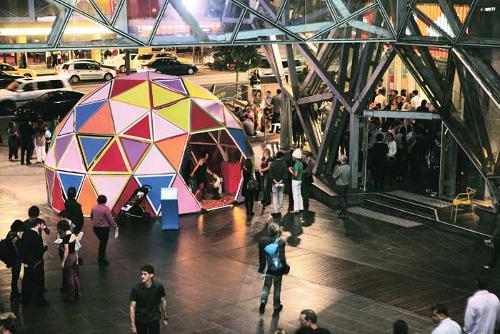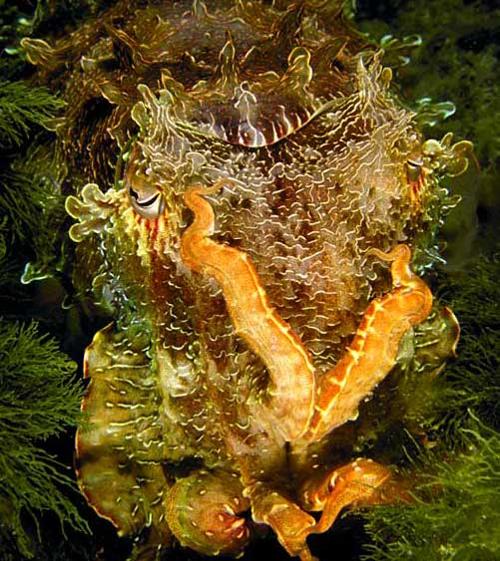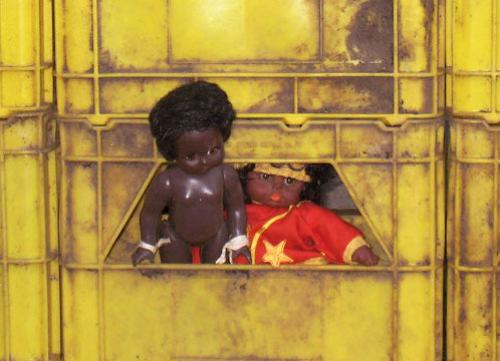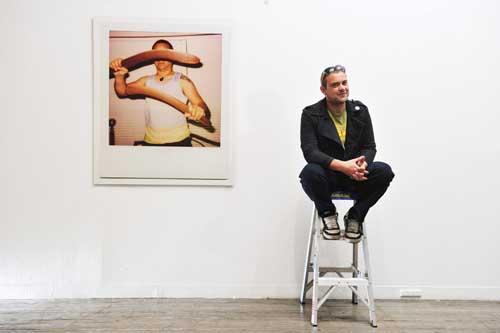Search
You searched in Feature ...
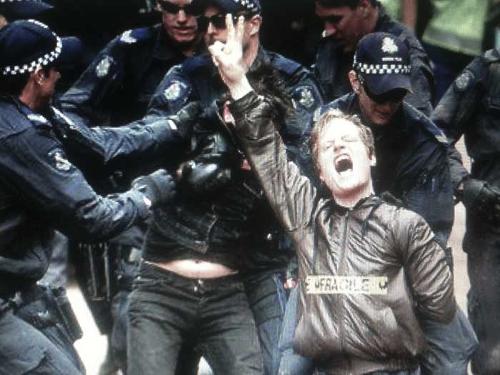



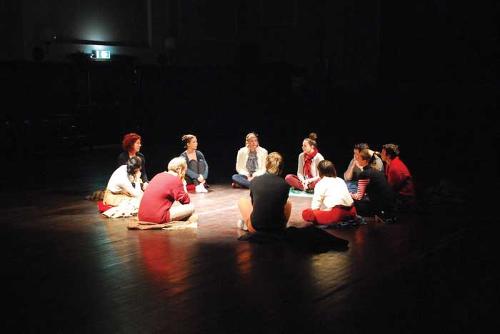

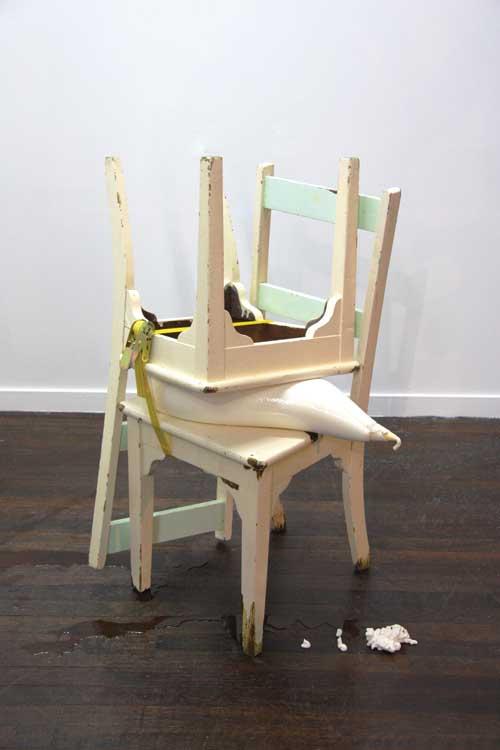

Curator Brianna Munting, who co-organised (with Georgie Meagher) the We Are Here Symposium of ARIs in Sydney in 2011, describes the new ARI online resource ARIna and asks: "Perhaps what we really need is to spend a lot more time asking each other whether our architectures and images, our hierarchies and ambitions, our ideas and narratives, are really any good for us or simply cultural fictions?"
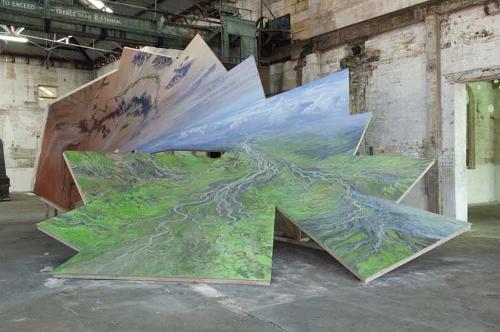



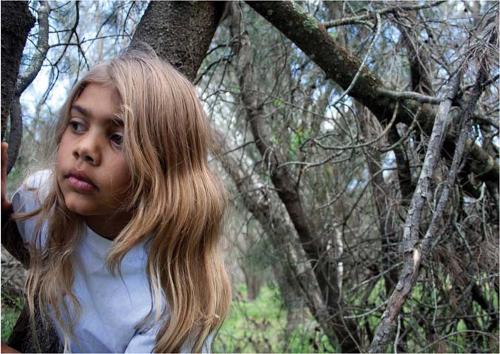




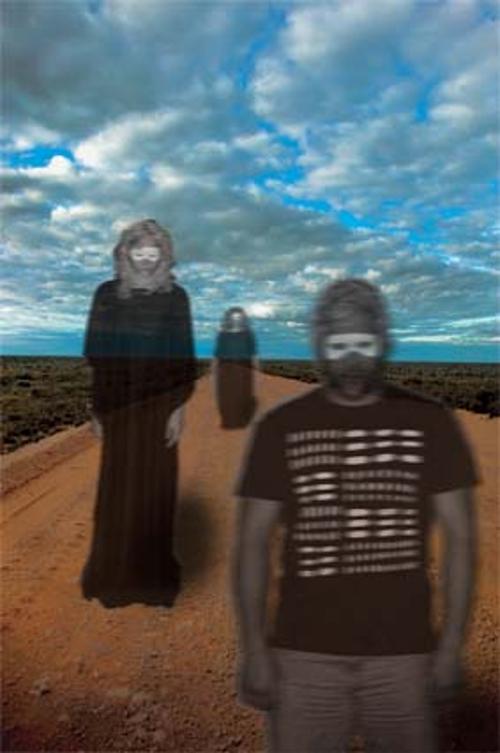


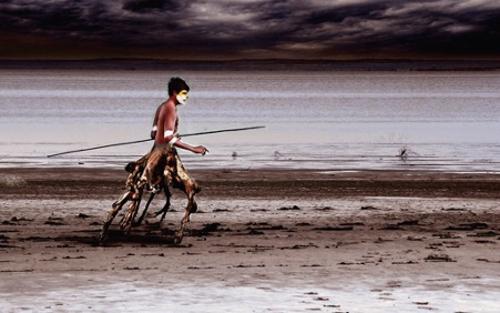







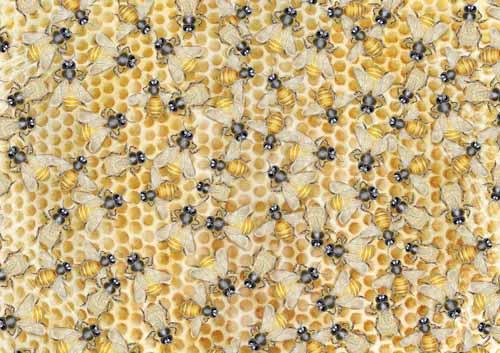

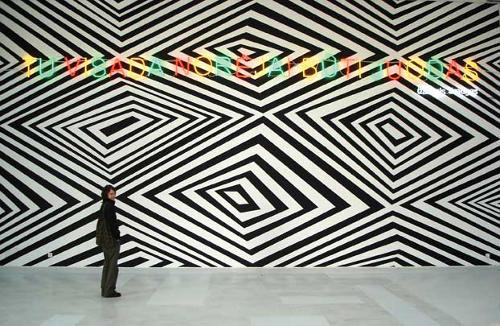
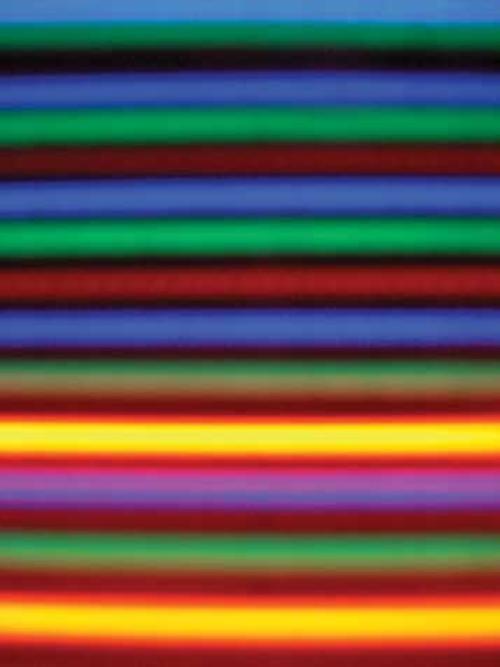


Executive Director of NAVA Tamara Winikoff missed the voices of artists at the October 2011 World Summit on Arts & Culture in Melbourne.

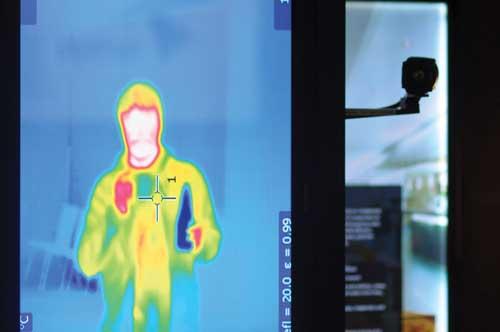
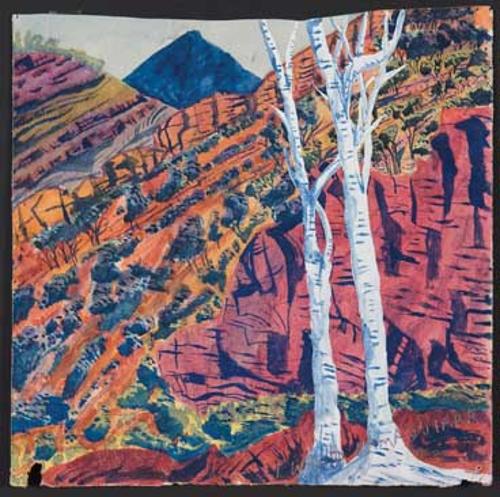



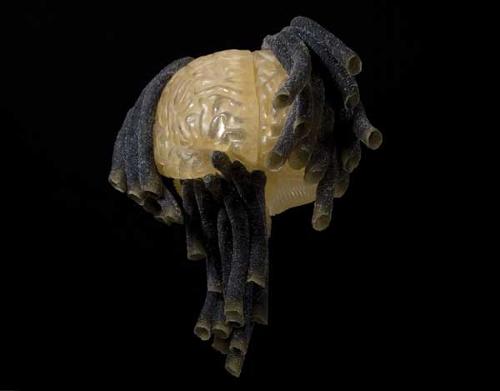





A further instalment in the memoirs of Australia's most revered art theorist Donald Brook. Yes, he is still alive.








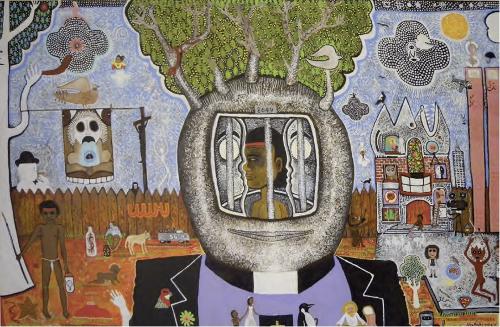









Freelance curator, honorary associate of Museum Victoria and Blandowski-ite from way back John Kean analyses this prickly Prussian polymath's Illustrated Encyclopedia on Australia at last brought together and to light by the efforts of New Zealander Harry Allen. The book includes contributions by Mark Dugagrist, Brook Andrew, Luise Hercus and Thomas A. Darragh.






